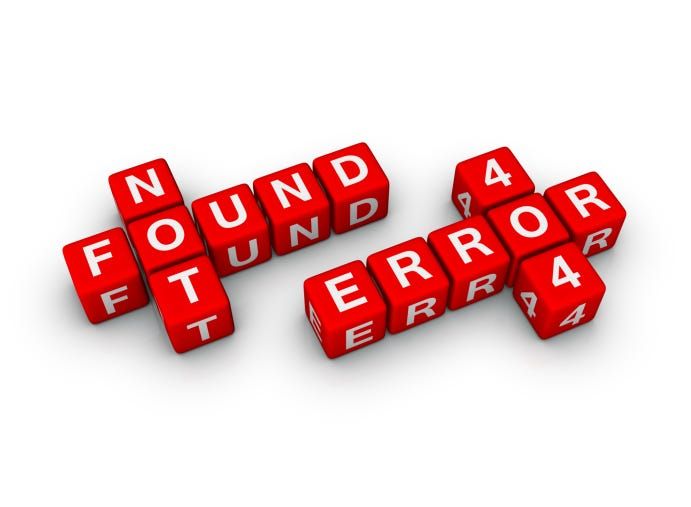Sushruta & his Samhita - Part 8 - Hoernlés erroneous dating.

Rudolf Hoernlé began translating Bower Manuscript from Sanskrit to English, in late 1800 and completed in early 1900. He made an attempt to determine the timing of Sushruta Samhita and Sage Sushruta himself. He estimated the timing of Sushruta Samhita to be around 500 CE and the timing of Sage Sushruta to be around 500 BCE.
The methodology he employed was unscientific and illogical. This was also the case for the background knowledge/evidence he employed. Unfortunately, his dating claims are still stuck in academic discourse and encyclopedias. Let’s examine how and what evidence he used to arrive at these estimates.
We begin with his estimate for Maharishi Sushruta.
Hoernlé began with one stray similarity of descriptions of the rib bones — the description in the Shatapatha Brahamana match that of the rib bones in Sushruta Samhita. He noted the composer or compiler of Shatapatha Brahmana was Sage Yajnavalkya who was in the court of King Janaka, a contemporary of King Ajatashatru. This is factually correct, however the problem of Hoernle’s methodology are multifold.
There were many individuals with names Yajnavalkya or Janaka or Ajatashatru. However, Hoernlé does not show awareness of this fact. It is not clear if Hoernlé relied on faulty information provided by western Indologists or made these disastrously incorrect inferences on his own. The results however are extremely unfortunate. He went on to make series of wrong assumptions to connect his initial observation of the similarity in the descriptions of rib bones, when in fact these similarity could have originated for many reasons.

There was no reason to assume these two texts to be contemporary, but he did assume them to be so. Let’s look at a series of blunders, he made in connecting these dots.


Hoernlé dated Sushruta to be about ~500 BCE but the Samhita to be at~500CE. Why this gap of 1000 years? Wouldn’t it be logical to define the timing of Sushruta Samhita to be also that of ~500 BCE?

Guess what? The series of fallacies were not over yet. Oh no! The same illogic and fallacious thinking continued.
Since the Bower manuscript mentioned Sushruta in connection with Indian medicine system and since the Bower manuscript was in Gupta Brahmi script and since timing of Gupta was assumed (on erroneous grounds) by Western Indologists to be that of 500 CE, Hoernlé assigned this time of 500 CE as the timing of Sushruta Samhita! Go Figure! This is like saying, since someone wrote a book on Ramayana in 2019, it must have happened in 2019!
Here’s a ‘What if’ scenario, for those of us who may not comprehend the obvious fallacies in Hoernlé’s methodology:
Based on objectively testable internal evidence of Shatapath Brahamana, as shown by the great astronomer Late Shankar Balakrishna Dikshit places Shatapatha Brahamana no later than 3000 BCE.
Infact, this evidence indeed existed when Hoernlé assigned his erroneous dates to Sage Sushruta.
If Hoernlé was aware of these date, he would be compelled to assign, even using his erroneous methodology, the timing of 3000 BCE to Sage Sushruta.
The latest evidence claims the timing of Gupta empire, and thus usage of Gupta Brahmi script to be that of 335 BCE (and not 500 CE). If we apply this evidence to Hoernlé’s methodology of determining dating of Sushruta Samhita, the timing would be that of 335 BCE (and not 500 CE).
Hoernlé’s methodology and evidence are extremely problematic, misleading and lead to incorrect dating of Sage Sushruta.
In the next episode, we will present the fascinating and a more plausible timing for Sushruta. Stay tuned…
Follow this series for a fascinating journey to find out more.
Twitter: https://twitter.com/MitraDesai
Youtube: http://bit.ly/TejomayaBharat?sub_confirmation=1

Comments ()